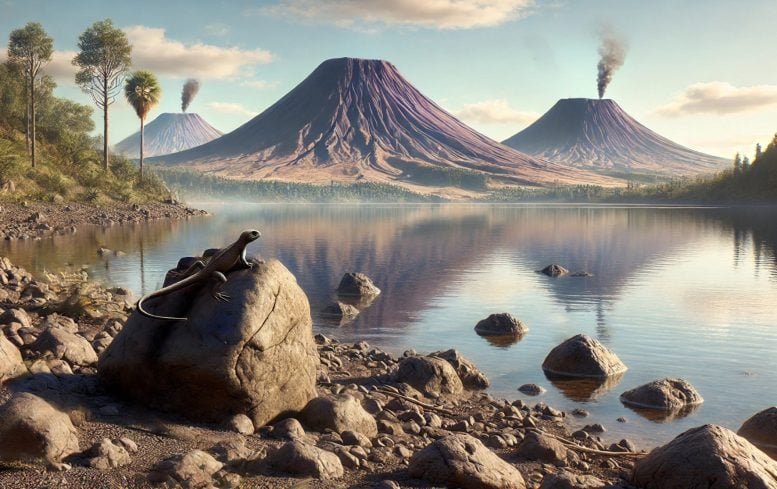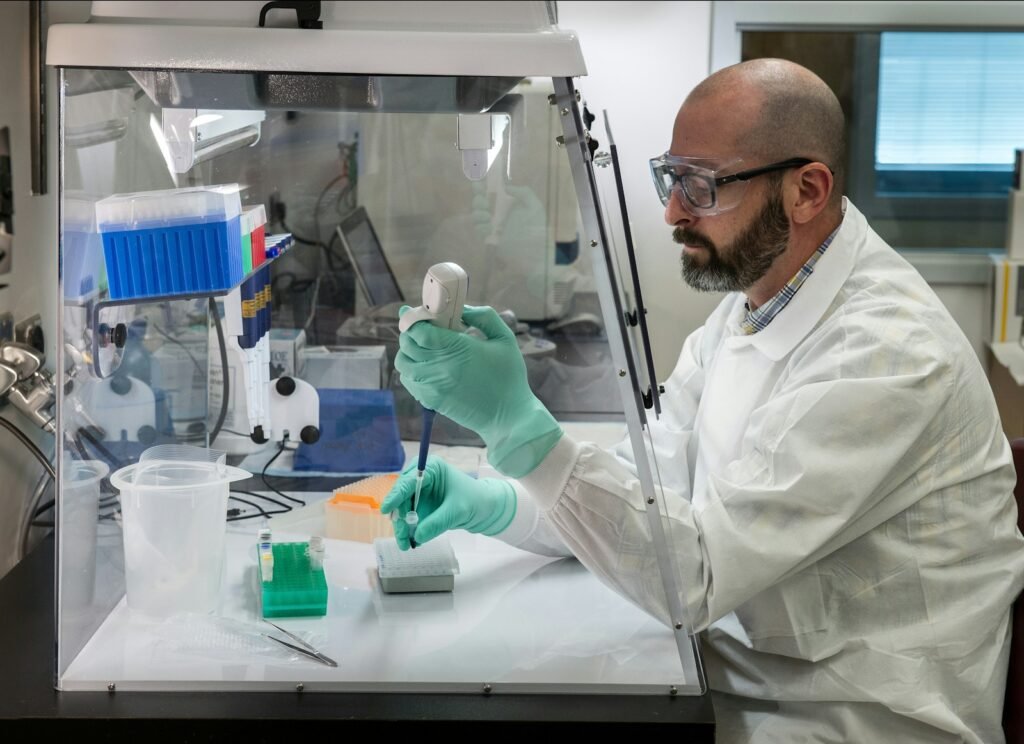A fossil hunter’s accidental discovery in a quiet Scottish quarry in 1984 has challenged our knowledge of one of evolution’s biggest leaps the moment life crawled from water onto land. Dubbed “Lizzie,” the small, lizard-like creature proved to be Westlothiana lizziae, a key species bridging the divide between fish and land animals. Now, ground-breaking studies show these fossils are 14 million years older than hitherto believed, squarely in a mystery hole in the fossil record called Romer’s Gap. This discovery forces us to reconsider how, when, and why vertebrates conquered the earth in addition to changing chronologies.
The Fossil That Defied Expectations
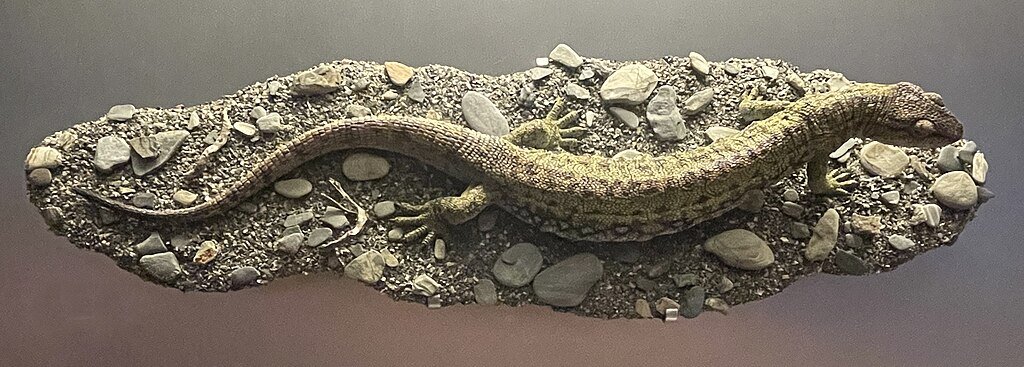
Stan Wood, an amateur paleontologist, had no idea he was clutching one of the most important fossils in evolutionary history when he came upon Westlothiana lizziae in East Kirkton Quarry. Just twenty centimeters (8 inches) long, this creature looked like a small lizard but was actually far more ancient a stem tetrapod, a common ancestor of all amphibians, reptiles, birds, and mammals.
The combination of amphibian and reptile features of Westlothiana made it quite confusing. Its skull form and limb proportions suggested an amphibious past, although it lacked labyrinthodont teeth characteristics seen in later reptiles and had scales and unfused ankle bones. Scientists argued for years about whether this was an advanced amphibian or the first real reptile. As it happened, the response hinged on knowing exactly its age.
The Dating Gamble That Rewrote History
Based on biostratigraphy dating from fossilized plants and other markers—Westlothiana was calculated to be 331 million years old for years. But doctoral researcher Hector Garza of the University of Texas at Austin took a high-stakes gamble: radiometric dating using zircon crystals, a technique hardly successful in volcanic basalt rock.
The deck was stacked against him. Usually formed in basalt, zircons had not produced success in past efforts. But Garza’s group found riches. They found that zircon-rich sediments had been carried by volcanic mudflows into an old lake, thus conserving the limestone fossils. They pushed the fossils back into Romer’s Gap (360–345 million years) by first determining their maximum age using uranium-lead dating at 341 ± 3 million years.
Westlothiana lived 14 million years earlier than previously believed, thus changing evolutionary theories.
Romer’s Gap: The Black Hole of Paleontology
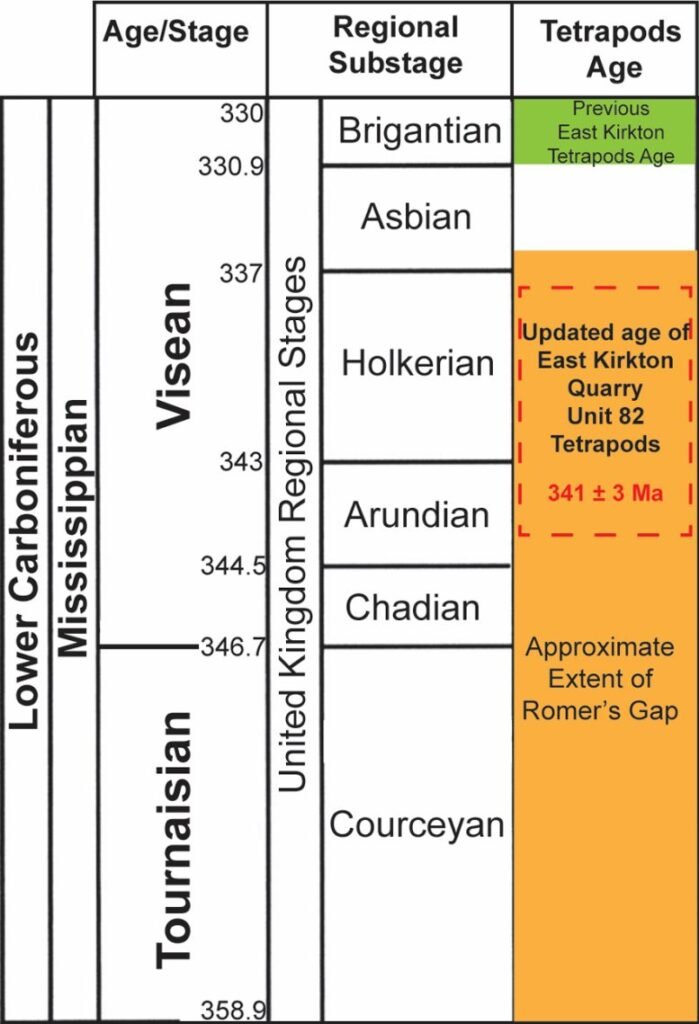
Named for paleontologist Alfred Romer, Romer’s Gap has long been among the biggest riddles of evolution. The fossil record goes almost silent for 15 million years, exactly as vertebrates were supposed to be adapting to land 19.
Why would the discrepancy exist? Theory abound:
- Low oxygen levels choked terrestrial life.
- Taphonomic bias: Simply said, these era fossils were not well preserved.
- Sampling bias: Scientists had not searched the correct sites.
But Westlothiana’s updated age points to a gap that is not empty but rather neglected. East Kirkton’s poisonous, volcanic lake was a perfect preservation tool, catching species that vanished without a trace elsewhere.
A Volcanic Death Trap And a Fossil Goldmine
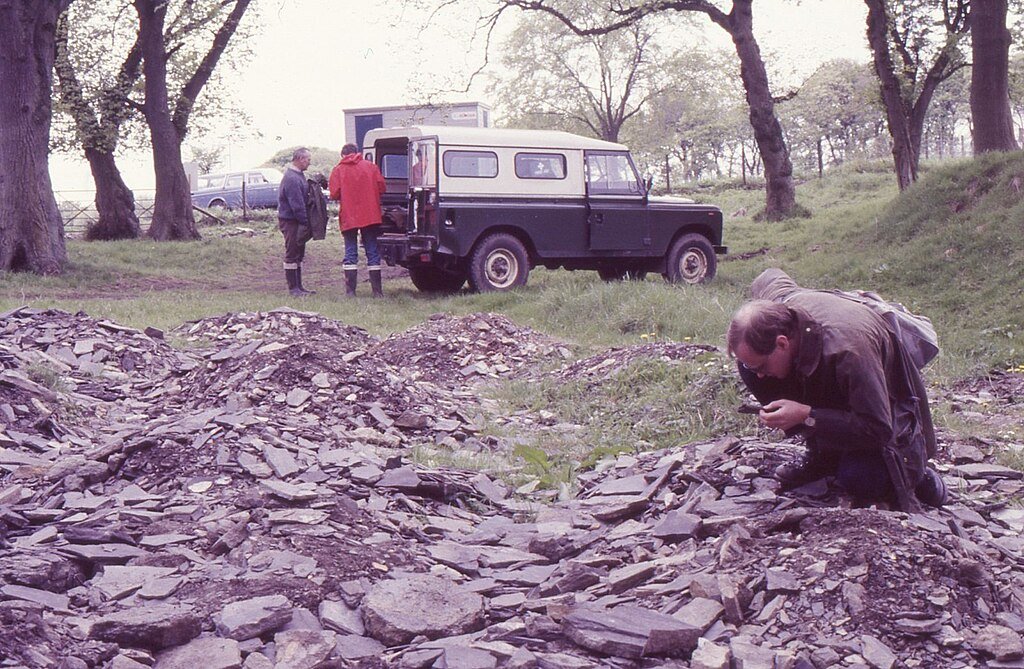
East Kirkton was a death trap rich in minerals, not just any old lake. While hydrothermal vents injected heavy metals, active volcanoes sent lava and ash into the sea. These extreme conditions stopped degradation, allowing even delicate fossils to survive.
The quarry have produced:
- Arthropleural giant millipedes some more than two meters long.
- Pulmonoscorpius is the giant terrestrial scorpion.
- Balanerpeton is an early amphibian.
- The star of the show 210 is Westlothiana.
This ecosystem was volcanic paradise where only the toughest pioneers survived, not a swampy paradise.
Why This Changes Evolutionary Theory

Scientists thought tetrapods varied following Romer’s Gap before this discovery. But Westlothiana shows they were experimenting with land adaptations far earlier.
Principal ramifications:
- Limbs and lungs developed faster than anyone thought.
- Previously split from amphibians, amniotes (reptiles, birds, mammals) may have
- Environmental anarchy, volcanoes, and poisonous lakes may have sped up evolution.
Co-author of the study Julia Clarke says:
“Understanding why this transition occurred as it did depends on timing. Is it oxygen? Condition? Climate? Predation: We now have a clearer window into this crucial period.”
The Hunt for More “Missing Links”
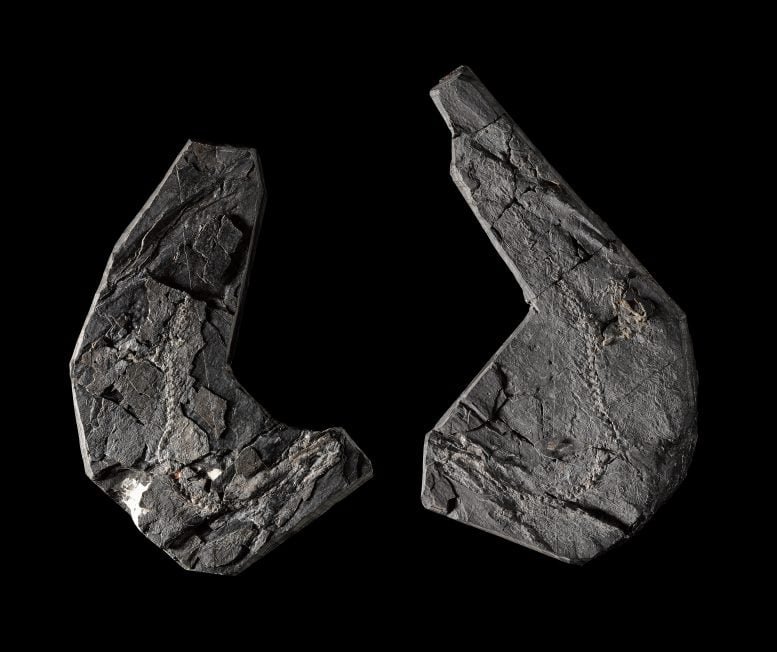
East Kirkton is only a starting point. Other Romer’s Gap tetrapods have come from similar sites in the borders of Scotland, suggesting a hidden diversity just waiting to be discovered.
What comes next?
- More radiometric dating of other fossil sites.
- Reviewing old collections using modern technologies.
- Investigating disregarded rock formations all around.
As Garza’s team demonstrated, occasionally the most important discoveries come from challenging conventional wisdom and a bit of luck with volcanic mud.
Conclusion: A New Chapter in Evolutionary Science
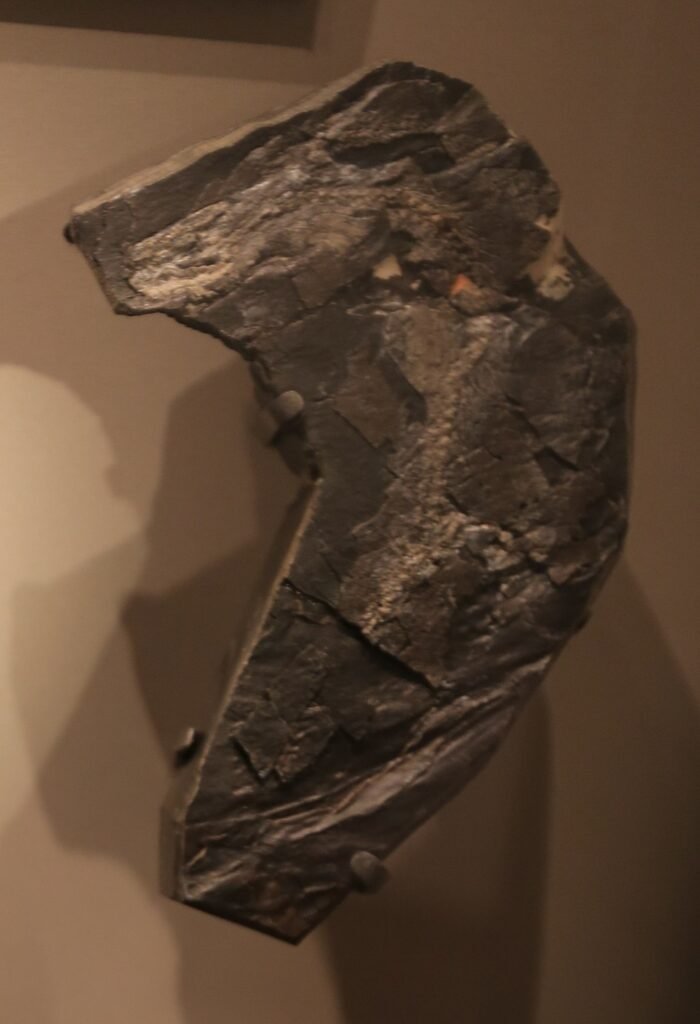
The narrative of Westlothiana marks a paradigm change, not only a paleontological interest. Scientists have filled a major void in the chronology of life by dragging these fossils farther into Romer’s Gap.
After that? Every fresh fossil from this age could rewrite another page in the book of evolution. And if East Kirkton is any guide, the most unexpected revelations could still be buried just waiting for another tenacious scientist to uncover them.
Sources:

Suhail Ahmed is a passionate digital professional and nature enthusiast with over 8 years of experience in content strategy, SEO, web development, and digital operations. Alongside his freelance journey, Suhail actively contributes to nature and wildlife platforms like Discover Wildlife, where he channels his curiosity for the planet into engaging, educational storytelling.
With a strong background in managing digital ecosystems — from ecommerce stores and WordPress websites to social media and automation — Suhail merges technical precision with creative insight. His content reflects a rare balance: SEO-friendly yet deeply human, data-informed yet emotionally resonant.
Driven by a love for discovery and storytelling, Suhail believes in using digital platforms to amplify causes that matter — especially those protecting Earth’s biodiversity and inspiring sustainable living. Whether he’s managing online projects or crafting wildlife content, his goal remains the same: to inform, inspire, and leave a positive digital footprint.

